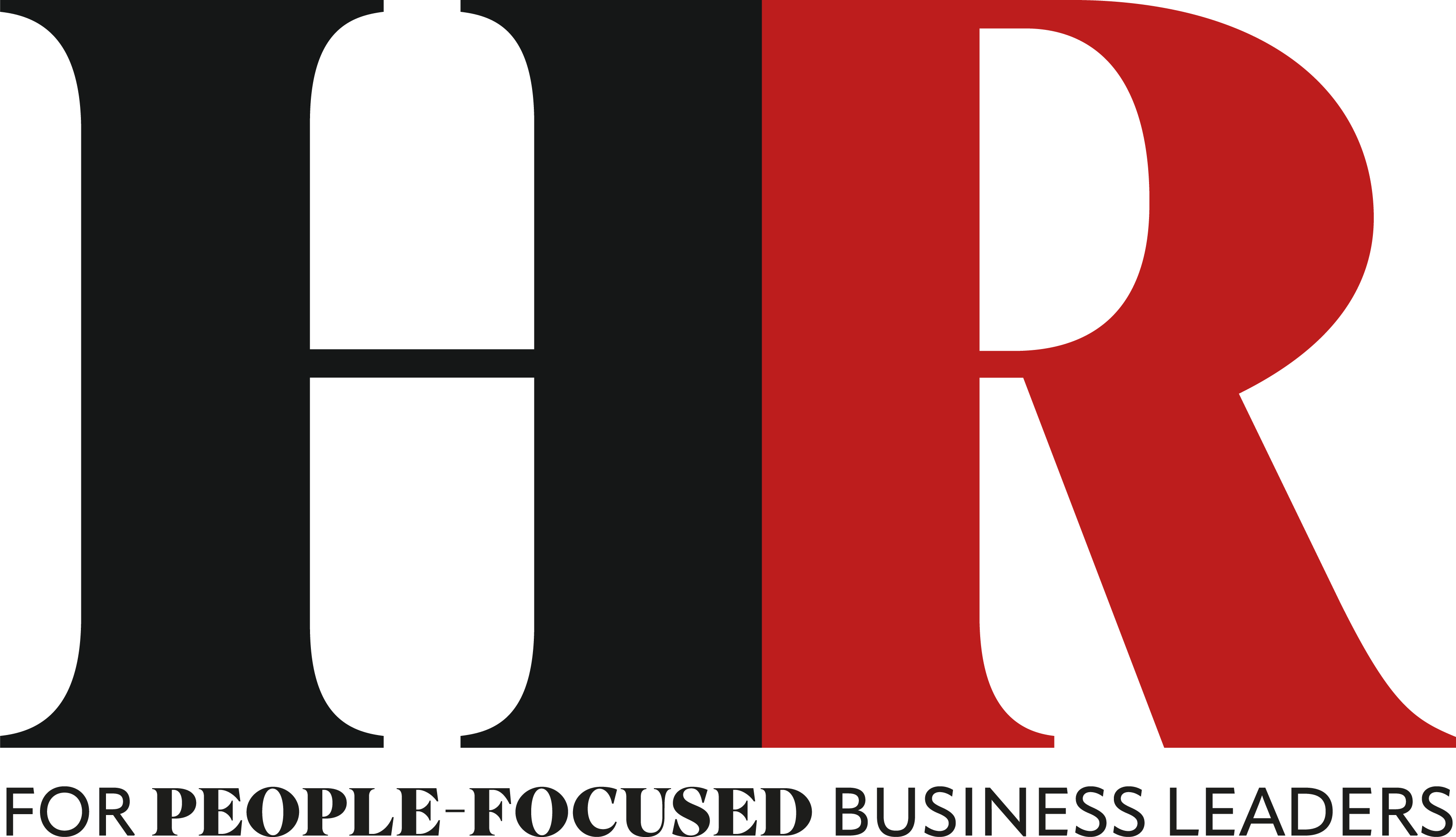AI in the Workplace: Balancing Innovation and Employee Wellbeing
)
In an era where artificial intelligence (AI) is rapidly transforming the workplace, employers should consider its impact on employee health and wellbeing. As AI systems become more prevalent in human resources and decision-making processes, both employers and employees need to be aware of the potential benefits and risks associated with this technology.
The Rise of AI in the Workplace
AI, often described as "the science of making machines smart", is increasingly being used by employers to streamline processes and make faster, more reliable decisions. From CV screening and candidate matching to performance evaluation and employee monitoring, AI is reshaping how we work and how employers manage their workforce.
AI systems rely on complex algorithms and machine learning models that can extract information from vast amounts of data, make predictions, and engage in automated decision-making. While this technology offers exciting possibilities for efficiency and productivity, it also raises important questions about employee wellbeing and workplace rights.
The Double-Edged Sword: Benefits and Risks
AI has the potential to enhance workplace efficiency and fairness. It can process large amounts of data quickly, potentially reducing human bias in decision-making processes. AI-powered tools can help match candidates to suitable positions, streamline administrative tasks, and provide valuable insights for performance improvement.
However, the integration of AI in the workplace also comes with significant risks that could impact employee wellbeing and create difficulties:
1. Discrimination and Bias: Paradoxically, while AI can reduce human bias, it can also perpetuate and amplify existing biases if not carefully designed and monitored. AI systems learn from historical data, which may contain inherent biases related to race, gender, age, and other protected characteristics.
For example, in 2018, Amazon scrapped its AI recruiting tool after discovering it discriminated against women. The system, trained on CVs submitted over a 10-year period, had learned to prefer male candidates because most CVs came from men, reflecting male dominance in the tech industry.
2. Loss of Autonomy: As AI takes on more responsibilities and decision-making power, employees may feel a loss of control over their working lives. This can lead to increased stress and decreased job satisfaction.
3. Increased Monitoring and Pressure: AI-powered monitoring tools, including wearable devices and software trackers, can create a sense of constant surveillance. Again this could lead to heightened stress levels and pressure to perform.
A good example is the controversy surrounding Amazon's use of AI-powered tracking systems in their warehouses. In 2019, it was reported that these systems automatically tracked workers' productivity and could generate warnings or dismissals without human input. This led to concerns about unrealistic performance expectations and increased worker stress.
4. Lack of Transparency: The "black box" nature of some AI algorithms can make it difficult for employees to understand how decisions about their performance or career progression are being made.
In 2020, the use of an algorithm to determine A-level results in the UK caused significant controversy. The system, which considered factors including schools' past performance, was accused of unfairly downgrading students from disadvantaged backgrounds. Although not an employment example, it illustrates how AI decision-making can lack transparency and potentially perpetuate systemic inequalities.
These examples underscore the importance of carefully implementing and monitoring AI systems in the workplace to protect employee wellbeing and ensure fair treatment.
Legal and Ethical Considerations
As AI becomes more prevalent in the workplace, it's crucial to consider the legal and ethical implications.
In the UK, the Equality Act 2010 prohibits discrimination based on protected characteristics such as race, sex, age, and disability. While there haven't been any employment tribunal cases specifically related to AI discrimination as yet, it's only a matter of time before such cases emerge.
In addition, the General Data Protection Regulation (GDPR) places strict requirements on how personal data is collected, processed, and stored. Employers using AI systems must ensure they comply with these regulations to protect employee privacy and data rights.
Best Practices for Wellbeing-Focused AI Integration
To harness the benefits of AI while safeguarding employee wellbeing, employers should consider the following best practices:
1. Use Diverse and Representative Data: Ensure that the data used to train AI algorithms is diverse and representative of the entire workforce to minimise bias.
2. Regular Audits and Testing: Implement regular audits and tests of AI systems to identify and address any biases or discriminatory outcomes.
3. Human Oversight: Maintain human oversight in AI processes, especially for important decisions affecting employee careers and wellbeing.
4. Transparency and Accountability: Provide clear explanations of how AI systems are used in decision-making processes and establish accountability measures.
5. Employee Education: Educate employees about AI systems used in the workplace, their benefits, and limitations.
6. Ethical Guidelines: Develop and adhere to ethical guidelines for AI use that prioritise employee wellbeing and rights.
7. Open Communication: Foster an environment where employees feel comfortable voicing concerns about AI systems and their impact on wellbeing.
Looking Ahead
As AI continues to evolve and integrate into our workplaces, it's essential to strike a balance between technological advancement and employee wellbeing. By being proactive in addressing the challenges and ethical considerations of AI, employers can create a work environment that leverages the benefits of AI while prioritising the health, wellbeing, and rights of their workforce.
The future of work is undoubtedly intertwined with AI, but it's important for employers to ensure that this future aligns with current employment law and anticipates potential legal challenges.
As we move forward, employers must remain vigilant in monitoring the legal landscape, updating policies and practices to comply with evolving regulations, and seeking legal advice when implementing AI systems that impact employee rights and wellbeing. By doing so, organisations can harness the power of AI while mitigating legal risks and fostering a workplace that respects both innovation and employee protection.
For further information and professional advice tailored to your specific circumstances, feel free to contact our team at Hempsons. Our expertise in employment law can help you navigate the complexities of neurodiversity in the workplace and ensure your HR practices are both inclusive and compliant.
Andrew Davidson
Partner and National Head of Employment
Hempsons
Email: a.davidson@hempsons.co.uk
Phone: 01423 724129
Twitter: @andrew_davidson










